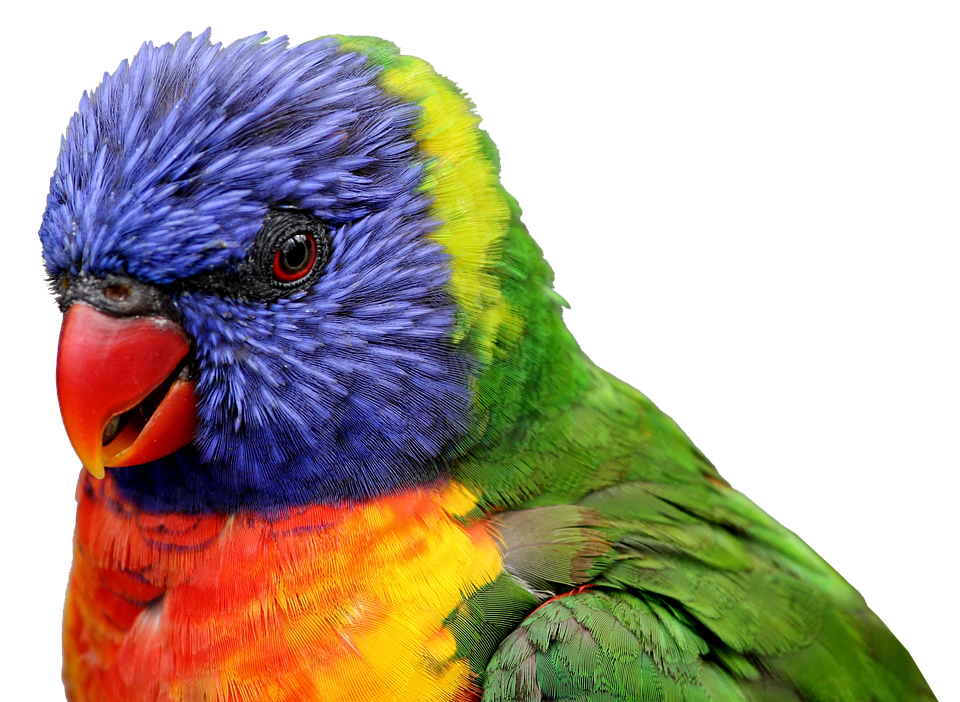Parrots are highly intelligent and social creatures that thrive on mental stimulation and physical exercise. Training perches provide an excellent opportunity for parrots to engage in interactive activities, learn new behaviors, and strengthen their bond with their owners. However, some parrot owners may struggle to get their feathered friends to interact with these training perches effectively. In this article, we will explore various strategies and techniques to encourage parrots to engage with different training perches, ensuring a successful training experience for both bird and owner.
Understanding the Importance of Training Perches
Training perches are specially designed platforms that aid in teaching parrots a variety of commands, tricks, and behaviors. These perches come in different shapes, sizes, and materials, providing various levels of difficulty for training exercises. The benefits of using training perches include:
1. Physical Exercise: Training perches encourage parrots to move around, stretch their wings, and maintain a healthy level of physical activity.
2. Mental Stimulation: Engaging with different perches and performing training exercises stimulates a parrot’s cognitive abilities, keeping their minds sharp and active.
3. Bonding Opportunities: Training sessions conducted on perches create a unique bonding experience between parrot and owner, strengthening their relationship and trust.
Introducing Parrots to Training Perches
When introducing a parrot to a new training perch, it is essential to approach the process gradually and patiently. Here are some steps to follow:
1. Familiarize the Parrot: Place the training perch near the parrot’s cage initially, allowing them to observe and investigate it from a safe distance. This helps them become comfortable with its presence.
2. Positive Reinforcement: Use treats and praise to encourage the parrot to approach and interact with the perch. Reward their curiosity and any voluntary interaction with the perch.
3. Gradual Progression: Once the parrot is comfortable with the perch’s presence, gradually move it closer to their cage, allowing them to become accustomed to its proximity.
4. Step-Up Training: Teach the parrot the “step-up” command, which involves stepping onto the perch with one foot. Use positive reinforcement, such as treats, to reward them for successfully following the command.
Techniques to Encourage Parrot Interaction
To encourage parrots to actively engage with different training perches, consider implementing the following techniques:
1. Rotating Perches: Introduce a variety of training perches with different textures, shapes, and heights. Rotate them periodically to keep the training experience fresh and exciting for the parrot.
2. Interactive Toys: Attach toys, such as bells or puzzle feeders, to the training perches. These toys provide additional stimulation and motivation for the parrot to interact with the perch.
3. Multi-Perch Setups: Create setups with multiple perches at different heights. This mimics the natural environment of a parrot, encouraging them to explore and move between perches.
4. Social Interaction: Arrange training sessions with multiple parrots simultaneously. The presence of other parrots can motivate each bird to interact with the training perches more eagerly.
FAQs
Q1. How long does it take for a parrot to become comfortable with a new training perch?
A1. The time it takes for a parrot to become comfortable with a new training perch can vary. It depends on the individual parrot’s personality, previous experiences, and the training techniques used. Patience and positive reinforcement are key.
Q2. What if my parrot refuses to step onto the training perch?
A2. If your parrot refuses to step onto the training perch, try using a favorite treat or toy as a lure. Gradually move the reward closer to the perch, enticing the parrot to take a step towards it. With time and practice, they should become more comfortable stepping onto the perch.
Q3. How often should I rotate the training perches?
A3. It is recommended to rotate the training perches every one to two weeks. This allows the parrot to experience different textures, shapes, and heights, preventing boredom and encouraging continued interaction.
Q4. Can I use regular perches in place of training perches for training sessions?
A4. While regular perches can be used for training sessions, training perches offer specific benefits. Their design and features are tailored to facilitate training exercises, making them more effective in teaching parrots new behaviors and tricks.
Remember, each parrot is unique, and it may take time for them to adapt to new training perches. With patience, positive reinforcement, and the right techniques, you can encourage your parrot to interact with different training perches, creating a rewarding and enriching training experience for both of you.









